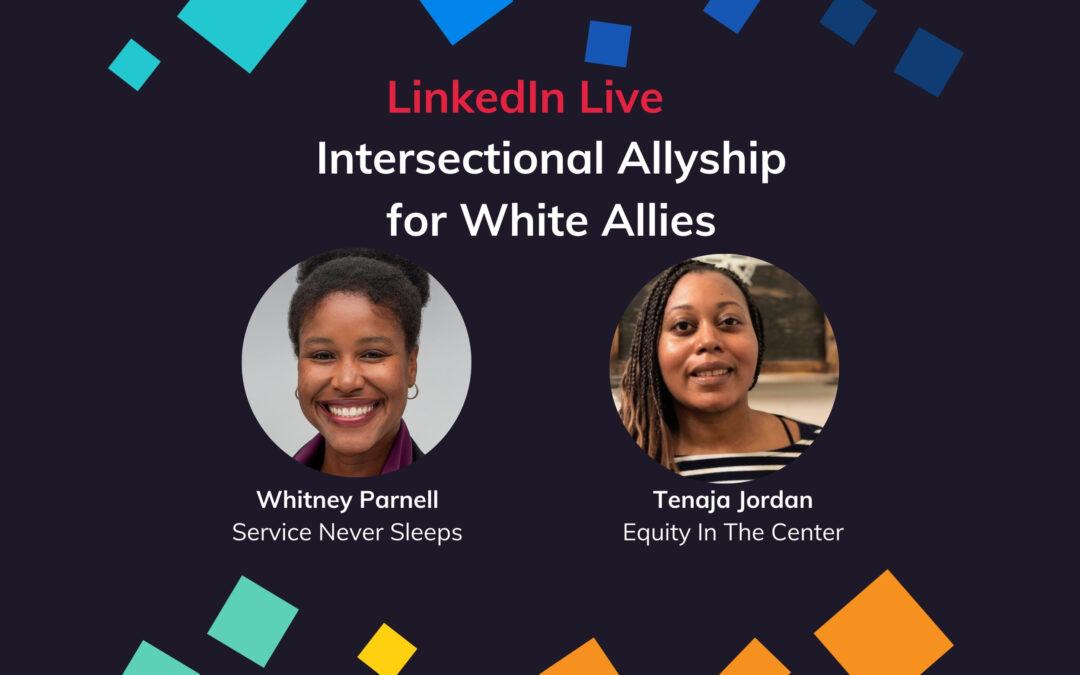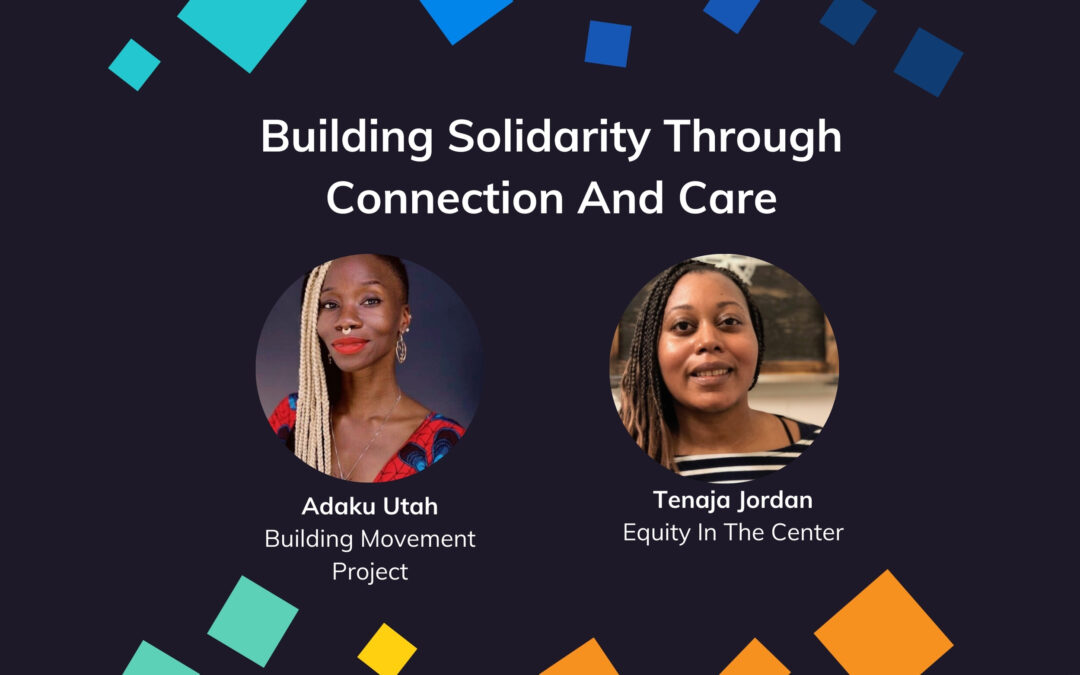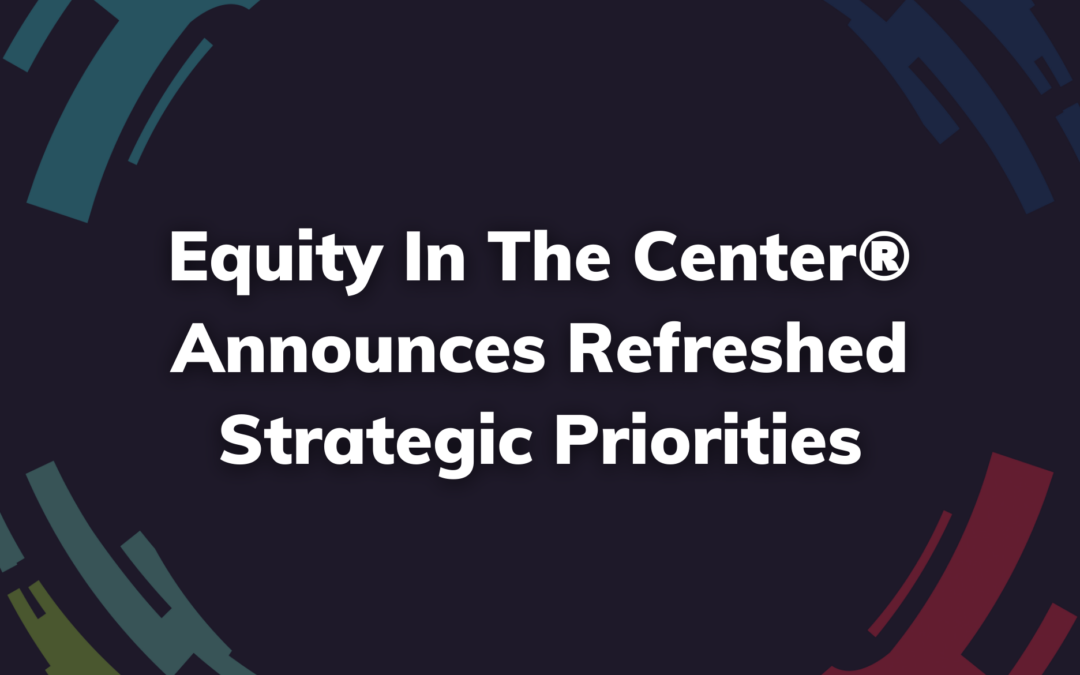“Do you want to be right, or do you want to be free?” –Many, many people. Recently: Chris Guilllebeau.
Hmmmmmmm. Do I want to be right or do I want to be free?
Now, that’s a tough one.
Sometimes I really, reallllllllllly want to be right. I want everyone to see things the way I see them. Wanting to be right is really about my desire to be good. When I don’t believe I’m good, I need to seek validation from others. And, as long as I’m seeking the validation of others to prove my goodness to myself – I can never be free.
One of the first things I tell a new client is that I am not interested in right and wrong, except in cases of discrimination or breaches of our values or laws (and that usually gets highlighted in with lots of emphasis). I am interested in helping teams understand what is most useful to them given their purpose and desired outcomes.
Today, I am focusing on the murkier areas of our work where we may have a strategic disagreement or a tactical difference that we are fighting over. About seventy-five percent of the disagreements I witness within teams come back to a misalignment of purpose and outcomes. We may be working on the same project, but we are actually working towards different ends.
Here are some common misalignments of purpose and outcomes that I have seen in the field:
- ‘I think my role as a supervisor is to make sure my subordinates don’t make mistakes, my boss thinks my role as a supervisor is to help people on my team succeed.’
- ‘I want to set all of the agendas for my team meetings, but I also want members of the team to be self-motivated and innovative.’
- ‘I want this person to like me. Meanwhile, they want my feedback on a project they are working on.’
- ‘I want to make sure my supervisor thinks I did a good job, while my supervisor wants me to achieve the objectives for our shared project.’
- ‘I want our team to be well regarded. My partners want our team to be technically proficient.’
- The list goes on and on and on…….
In these instances, one teammate is usually trying to convince the other teammate they are right about a tactic or course of action without ever making clear the purpose or outcomes they are actually trying to achieve. When I ask folks to step back from what’s “right,” I ask them to get clear on the purpose and outcomes of their work together. Usually, they end up finding agreement on what is most useful to the goals and outcomes of their project. When we can step back from being right–we can ultimately be freer together.
In the course of this type of work, there are inevitably cases that cannot be resolved as directly or as smoothly. For a long time, I would be stopped in my tracks by these cases. We would go around and around in circles and just when we thought we had alignment, the wheels would fall off the truck again. In these cases, I was puzzled, dejected, and ultimately disappointed by my own inability to help a team find the most useful process, procedure, or system that would bring them into alignment.
Then I met Arabella Perez.
Arabella Perez works nationally and here in Maine to help teams of people understand trauma. She specifically helps teams explore the role that organizational trauma can play in the life of a team. Organizational trauma can be seen in teams where people’s behaviors move from useful to not useful. People pleasing, aggression, or isolation and siloing–all human responses to trauma–start to become the norm, the habituated response to many stimuli.
Usually organizational trauma begins to take hold within a system of people after a stressful incident–the loss of an executive director, a major budget crisis leading to lay-offs, a fight between staff members–occurs and isn’t healed effectively. These experiences of unhealed harm are often interwoven and hard to separate from experiences of other traumas, including but not limited to vicarious trauma (the trauma of being near or serving those in trauma), communal/historical trauma (the trauma of a community you live in or serve), or experiences of identity based discrimination. Identity based discrimination needs to be immediately addressed with other interventions outside the scope of this letter, and sometimes the healing we discuss below can help us do that intervention more effectively.
The hurt, instead of the healing, becomes recurring and habitual. We begin repeating the same harm-and-hurt dance, seeking to resolve it. Each time we react to it without healing, we retraumatize ourselves.
Understanding organizational trauma is particularly important to the work of building a race equity culture, on multiple levels. First, unnamed or unacknowledged organizational trauma – particularly events that were not seen as being explicitly about race – are in the room when an organization is working on racial equity. Because that experience was not flagged or marked as “about race” in the group, folks may not talk about it or even connect the dots between the racial inequities at the organization and the harm from those event(s). In my experience, they tend to be inextricably linked – and staff tend to see that, while senior leaders often don’t. That’s why when we are working on building a race equity culture, we look at the full breadth and depth of an organization’s functions to find where there has been harm and where healing is needed. We want to stop seeing organizations as disjointed parts -we’re doing equity over here- and instead see them as one whole where all elements of the work are interconnected.
The practices produced by organizational trauma are usually antithetical to the practices that an organization will need to implement in the course of building a racial equity culture. At the start of a project, one of the first questions I always ask is: How are you performance evaluations going? Do people feel energized by them? Do people learn from them? Are they a place for connection and strengthening of relationships? For many orgs, this is when they give me a funny look. How could performance evaluations feel good? Often, organizations either treat performance evaluations as an afterthought, something they have to do, or something they use to control their employees. In both instances, performance evaluations become a place for judgement, punishment, or harm- particularly if the team is in a cycle of organizational trauma. We must heal and resolve what isn’t working in processes like performance evaluations in order to go deeper into equity. Doubling down on being right in these processes usually leads to more harm. Instead, we must step back and ask ourselves: what would the most useful processes be for our organization and where we are at in our healing?
The way we deal with organizational trauma is by first bringing awareness to it and breaking the cycle of retraumatization. We must make real time and space to invest in relationships and restorative healing–stopping the cycle of unhelpful habits and engagements. Then we can begin shifting to other changes in process or procedure.
Often when people see the symptoms of organizational trauma, such as poor performance at work, not meeting benchmarks on a project, or consistent miscommunication among staff, they try to fix it with more process–a performance improvement plan, a manager training, an equity workshop. What they don’t realize is that that approach is only retraumatizing the system and allowing the hurt to grow and deepen its hold on team culture. By stepping back from seeking efficiency in these moments and making ourselves vulnerable enough to heal, we can actually shift our outcomes. In some cases, healing processes can happen in tandem with activities like an equity training or a manager workshop, but they can’t be replaced by them.
These exchanges always remind me an insight from The 7 Habits of Highly Effective People: Seek to be efficient with machines, seek to be effective with people.
Like I said above, organizational trauma is so complex it often can’t be detached or isolated from other elements of trauma, harm, or dysfunction. The point is, you don’t have to. By simply stopping to ask the question “Is healing needed here?” and offering healing wherever that answer comes, you can move forward into other areas of your work. I recommend seeking out healers, restorative justice practitioners, and people who are specifically trained in the complexity of human healing to help your team before someone like me engages in other methods of rebuilding relationships, processes, or impact.
Check out our conversation with Arabella Perez this month on what organizational trauma is and how we take our first steps to addressing it. The learning I have been able to do with Arabella over the last two years has been incredibly transformational for me. It has opened up new possibilities for my own healing and for the growth and development of partners in this work.
If this topic is piquing your interest, here are some great resources Arabella has introduced me to that can help deepen your exploration:
- Bloom, S., Farragher, B (2013) Restoring Sanctuary. New York, N.Y.: Oxford University Press.
- Bloom, S. Societal Trauma: Danger and Democracy. In Totton, N, ed. (2006). The Politics of Psychotherapy: New Perspectives.
- https://www.garrisoninstitute.org/blog/research-the-human-dimensions-of-resilience/
- https://rysecenter.org
- https://www.abpsi.org/pdf/FamilyCommunitySelfCareToolKit.pdf
- The Audre Lorde Project: https://alp.org/breaking-isolation-self-care-and-community-care-tools-our-people
- https://traumatransformed.org/resources/Trauma-Tools.asp
- https://www.traumainformedcareproject.org/resources/Trauam%20Informed%20Organizational%20Survey_9_13.pd




